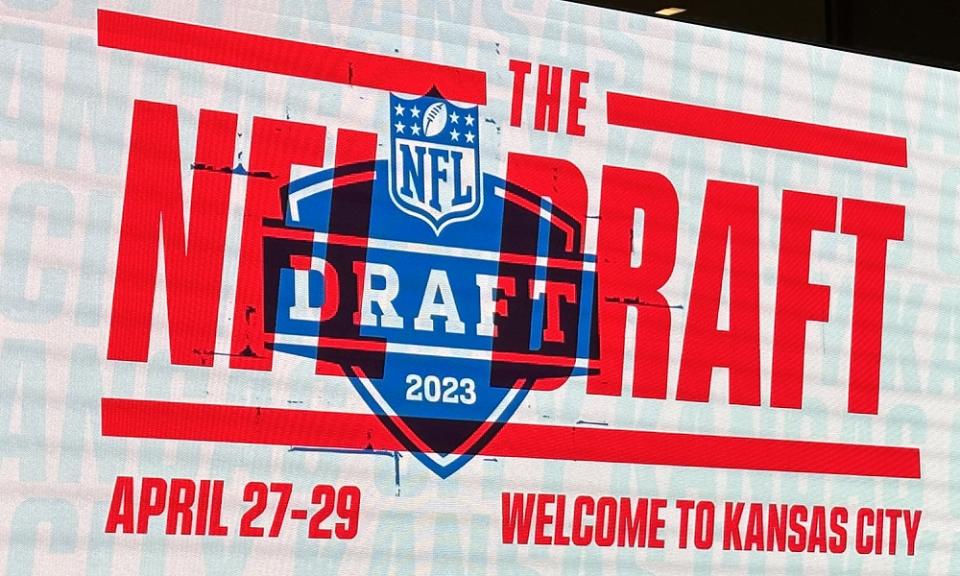Mascot Mania: The Symbols and Stories Behind NFL Teams

Mascots play a significant role in the National Football League (NFL), serving as a bridge between the teams and their fans. They are not just lovable or annoying figures but symbols representing the team’s culture and values. Certain teams, like the Saints, have multiple mascots that can be either energetic or reserved, shaggy-maned or jut-jawed. Enhancing the fan experience and showcasing the team’s identity, their presence at games adds to the unique and unforgettable game day experience.
The Creation and Selection of NFL Mascots
Creating and selecting mascots for NFL teams is a creative endeavor. In recent years, artificial intelligence tools like “Midjourney” have been used to generate mascot images for all 32 NFL teams. Not every mascot introduction, though, has been a success. For example, the Vikings tried several different caricatures before deciding on the hilariously large caricature of Viktor, who struck a chord with fans.
The Impact of Mascots on Team Branding and Marketing
Mascots significantly impact team branding and marketing efforts in the NFL. They visually demonstrate a brand’s values and characteristics, fostering positive associations and evoking strong emotions in individuals. This emotional connection increases brand recall and likability, making the team more relatable and approachable to fans. Moreover, mascots also contribute to generating extra revenue through the sale of related merchandise.
The Evolution of NFL Logos and Mascots
Over the years, NFL logos and mascots have evolved to reflect modern aesthetics while maintaining their historic appeal. For example, the NFL logo has undergone several changes, with the current version featuring eight stars representing the league’s eight divisions. Similarly, team logos have seen minor design changes over the years, such as the Atlanta Falcons’ logo, which was slightly modified in 1990 to make the design stand out better.
Controversies and Challenges Associated with NFL Mascots
While mascots add value to the NFL experience, they have also been associated with controversies and challenges. Some mascots have drawn criticism for their over-exuberant behavior on the field, stoking team rivalries. Furthermore, the use of Native American caricatures for logos, as was the case with the Washington Commanders, has been criticized as culturally insensitive, leading to significant redesigns.
Mascots and Betting Odds
Interestingly, mascots can also influence NFL betting odds. A team’s performance can often be influenced by the morale and energy in the stadium, which is partly driven by the mascot. Therefore, a popular and engaging mascot could indirectly affect the team’s performance and, consequently, the betting odds.
The Future of NFL Mascots in the Digital Age
It is anticipated that the function and visibility of NFL mascots will change and adapt as we advance further into the digital era. Thanks to technological advancements, fan-mascot interaction is now possible outside of physical games. Virtual reality (VR), augmented reality (AR), and other interactive technologies offer new platforms for mascots to engage with fans. For instance, through VR and AR experiences, fans could interact with mascots in a virtual environment, enhancing their game day experience from the comfort of their homes.
Also, social media has become a powerful tool for mascots to reach a larger audience. Mascots now have social media profiles where they share updates, participate in online challenges, and interact with fans directly. This not only helps in maintaining fan engagement during off-seasons but also aids in strengthening the team’s brand identity and outreach.
Conclusion
In conclusion, mascots are an integral part of the NFL, contributing to team branding, fan engagement, and betting odds. As symbols of team culture and values, they help create a unique and memorable game day experience. Despite the challenges and controversies, the positive impact of mascots on the NFL cannot be denied.

